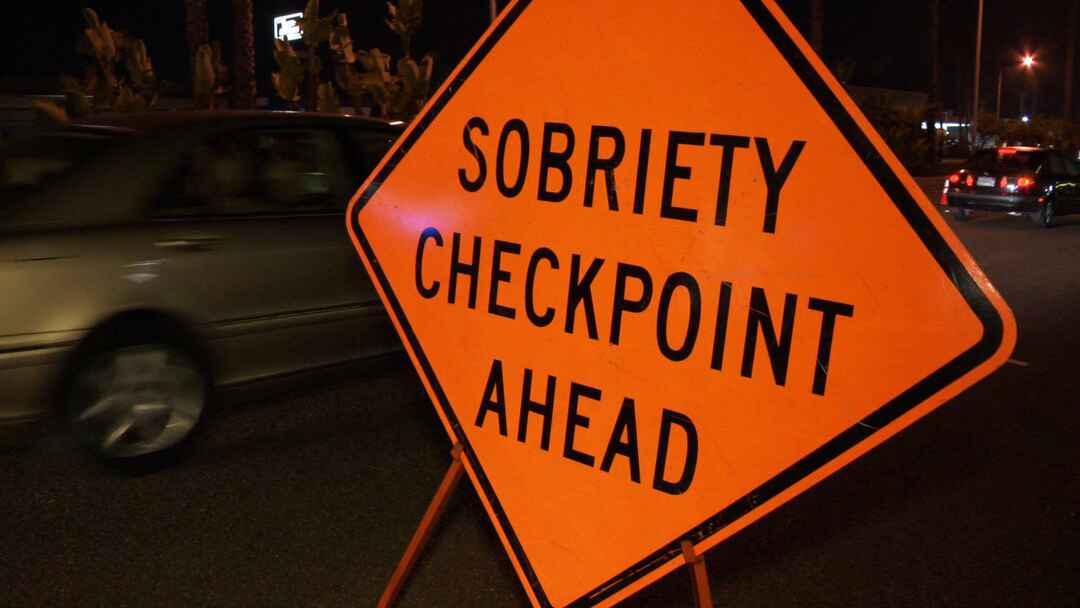
Scientists Look to Reduce Legal Blood Alcohol Limit to 0.05
The National Academies of Sciences, Engineering, and Medicine released an extensive report of drunk driving and drunk driving fatalities this week. The report is the effort of a US government-commissioned group of scientists from across the country.
The legal blood alcohol content currently sits at 0.08, while the report suggests lowering this threshold to 0.05. With as many as 10,000 preventable deaths occurring yearly (from 2009 to 2015) from drunk driving accidents, the issue of drinking and driving has certainly stood at the forefront of modern society.
Surpassing the legal limit can result in being charged with a DUI. Over 1.5 million people are charged with driving under the influence yearly, according to the National Highway Traffic Safety Administration (NHTSA).
The NHTSA sought the expertise of qualified scientists, who studied the causes and effects of drunk driving in order to determine how these senseless deaths may be prevented.
According to analysis of the report, the new threshold would change legal perceptions of “drunkenness.” Many groups have polarizing views on the subject. The American Beverage Institute (ABI), reports that a 150-pound man could reach 0.05 BAC after two beers, while a 120-pound woman could reach the same BAC after just one alcoholic drink. The ABI, a restaurant group, is strongly opposed to these new limits, which have already been passed in the state of Utah.
While BAC can be affected by multiple factors, such as gender, weight, and age, this new limit is significantly lower than the current legal limit. With the advent of such technologies as Uber and Lyft, it appears at face value many are taking the responsibility of driving more seriously—though many intoxicated people continue to get behind the wheel.
Globally, similar laws have been passed in most Western European countries, while China, Poland, and Sweden have an even lower limit of 0.02 percent. Countries such as the Czech Republic and Romania prohibit alcohol consumption prior to driving altogether; any amount of alcohol is illegal when operating a motor vehicle.
In the Western European countries, fewer traffic deaths have been reported since lowering the BAC limit, according to studies performed overseas.
The study released in the US suggests several other tactics for reducing drunk driving fatalities, including increasing alcohol taxes. Opposing voices state that this will not discourage “repeat offenders” from continuing to partake in substances before driving.
While there is no simple solution to combat the magnitude of drunk driving in this country, it bears repeating that these deaths are one hundred percent preventable. Education and prevention remain key parts of this process, particularly when it comes to educating our nation’s children and young adults on the consequences of making impaired decisions.
As we wait for change, speaking up and against drunk driving is a step toward progress. As soon as we operate a motor vehicle, we are assuming responsibility for the safety of not only our own life, but the lives of others. Reminding friends and family members of what is at stake is a crucial part of this continued conversation.